This article was medically reviewed by Jennifer Boidy, RN. Jennifer Boidy is a Registered Nurse in Maryland. She received her Associate of Science in Nursing from Carroll Community College in 2012.
There are 11 references cited in this article, which can be found at the bottom of the page.
This article has been viewed 22,024 times.
Azoospermia, or the absence of sperm in semen, can make conceiving seem impossible for you and your partner. Fortunately, there are treatments that may make natural pregnancy a real possibility. The first step to improving the condition is to determine whether it’s due to an obstructive or nonobstructive cause. Obstructive azoospermia is treated surgically, while nonobstructive azoospermia is usually treated with hormone therapy. If treatment attempts are unsuccessful, you may still be able to have viable sperm extracted for in vitro fertilization. For your best chance of success, choose an experienced urologist who specializes in fertility and microsurgery.
Steps
Determining the Cause
-
1Find out if you have obstructive or nonobstructive azoospermia. The first step to treating azoospermia is to visit a urologist or fertility specialist. They can help you find out whether your condition is obstructive or nonobstructive. Both types of azoospermia may be easily treatable, but treatment options vary widely:[1]
- Obstructive azoospermia, in which there’s a blockage in the reproductive tract, may be treated surgically.[2] IVF may also be an option.
- Non obstructive azoospermia may be related to a hormonal imbalance and treated with oral or injected hormones. If hormones are not to blame, the underlying condition must be diagnosed and treated.
- Other causes of nonobstructive azoospermia include genetic abnormalities (such as Y chromosome deletion), enlargement of the veins (varicocele), medications, chemotherapy, and recreational drug use.[3]
-
2Undergo blood tests to diagnose the underlying causes. To treat azoospermia, your doctor will need to understand what is causing your condition, so that they can treat the underlying problem. A blood sample may be taken to determine if there is a genetic or hormonal component to your azoospermia.[4]Advertisement
-
3Have two sperm samples analyzed. Have your urologist or fertility specialist analyze two samples at two different times. These tests will determine the number of viable, motile sperm the sample contains.[5]
- The tests will help rule out other issues, like low sperm motility or low sperm count (as opposed to a lack of sperm, which occurs in azoospermia).
- Testing two samples will help account for your body’s natural variability.
-
4Get an ultrasound, MRI, or CT scan. In order to detect obstructive azoospermia, your doctor will need to take some images of your insides. They’ll take an ultrasound, MRI, or CT scan of your reproductive system and look for any abnormalities. There's no need to worry, as these are all easy, painless procedures that will help your doctor come up with the best treatment.[6]
- The type of imaging scan will depend on your specialist’s preferences and your insurance coverage. To verify your coverage, contact your insurer and ask if a procedure is covered or if it requires prior approval.
-
5Discuss your medical history with your doctor. Be open and honest with your doctor. They want to give you the best care possible! Let them know about the medications, even over the counter, you regularly take, about any recreational drugs you use, whether you’ve ever had a sexually transmitted infection, and whether you’ve ever received chemotherapy or radiation therapy.[7]
- If you have cystic fibrosis, ask if you might have a related congenital deformity that affects the reproductive tract. Around 95% of men with cystic fibrosis have a congenital reproductive tract deformity.[8]
Treating Obstructive and Nonobstructive Azoospermia
-
1Stop taking a medication or recreational drug. If you take a medication that interferes with sperm production, ask your doctor to help you find an alternative. If you take recreational drugs, try to stop using them. While chemo and radiation therapies can interfere with sperm production, the reproductive system often recovers within two to three months after treatment.[9]
- Never stop taking prescription medication without talking to your doctor first.
- Have your sperm analyzed again around three months after switching medications, stopping drug use, or finishing chemo or radiation therapy.
-
2Have an obstruction surgically corrected. If your specialist tracks down a blockage, chances are high that it can be surgically repaired without complications.[10] Depending on the obstruction’s location, your urologist may perform one of two procedures:[11]
- Microsurgery, which involves a small incision that's used to repair the parts that connect the testes to the rest of the reproductive tract.
- Endoscopic surgery, which involves a small, flexible tube used to repair the urethra and ejaculatory duct.
-
3Take hormones to treat nonobstructive azoospermia. Hormone and blood screenings may detect a hormone imbalance that may be preventing sperm production. Your specialist will prescribe an oral or injectable hormone regimen. Cases involving hormonal imbalance have a high recovery rate, and natural pregnancy is often possible.[12]
-
4Ask your specialist if they recommend varicocelectomy. Varicoceles, or enlarged veins on the scrotum, can cause nonobstructive azoospermia. Ask your urologist if they recommend varicocelectomy, which is a procedure that can repair the problematic veins.[13]
- Sperm counts increase in roughly 40% of men who undergo varicocelectomy.
-
5Ask if sperm retrieval is your best option. You can still try sperm retrieval if surgical or hormonal treatments are unsuccessful or aren’t options. Prior to retrieval, you'll take hormones to help your body produce more viable sperm. After a few months, your fertility specialist will extract sperm from the testes to use for in vitro fertilization.[14]
Finding a Urologist
-
1Get a referral from your doctor or insurer. Word of mouth is great way to track down a good doctor or specialist. Ask your primary care doctor to refer you to a reputable urologist in your area. You can also call your insurance company and have them provide you with a list of local urologists in your network.[15]
- While it might be a sensitive topic, you can also ask friends or family members to recommend a urologist.
-
2Use a urological association’s search tool. National urological boards and associations often offer convenient search tools that can help you track down a urologist in your area. For example, you can visit the "Find a Urologist" page on the American Urological Association’s website. Their search tool allows you to enter your zip code and filter results by distance and specialty.[16]
- In the specialty drop down menu, you’d select "fertility" to find an appropriate local urologist.
-
3Look for a urologist experienced in infertility and microsurgery. Search for the websites of potential urologists’ private practices, or look for their listings at the hospitals or medical institutions at which they practice. Try to track down urologists who specialize in male infertility and who routinely perform microsurgical procedures.
- You can also call their private practice or medical institution and ask about their experience. Ask, “How many microsurgeries does this urologist perform per year? Do they have experience treating azoospermia and other infertility issues?”
-
4Check their experience and credentials. Enter prospective urologists into a search engine to find patient reports and reviews. You can also contact your local better business bureau or chamber of commerce to find out if they have a history of poor business practices.[17]
- Online reviews aren’t always objective and authoritative, so take them with a grain of salt.
-
5Evaluate their communication styles. You'll definitely want to get a feel for a doctor's bedside manner before signing on for long-term care. Call a prospective urologist’s office and ask if you can speak with the doctor. Choose one who takes the time to talk to you about your condition, communicates clearly, and doesn’t try to rush or dismiss you.[18]
- Gauging any doctor’s bedside manner is essential, especially when choosing a specialist to treat a potentially sensitive issue like infertility.
References
- ↑ http://www.maleinfertility.org/procedures/surgical-sperm-retrieval/obstructive-vs-non-obstructive-azoospermia
- ↑ https://stanfordhealthcare.org/medical-conditions/mens-health/azoospermia/causes/obstructive-azoospermia.html
- ↑ https://stanfordhealthcare.org/medical-conditions/mens-health/azoospermia/treatments/nonobstructive-azoospermia.html
- ↑ https://www.hopkinsmedicine.org/health/conditions-and-diseases/azoospermia
- ↑ https://stanfordhealthcare.org/medical-conditions/mens-health/azoospermia/diagnosis.html
- ↑ https://stanfordhealthcare.org/medical-conditions/mens-health/azoospermia/diagnosis.html
- ↑ https://stanfordhealthcare.org/medical-conditions/mens-health/azoospermia/diagnosis.html
- ↑ https://healthcare.utah.edu/andrology/services/infertility-causes/sperm-production.php
- ↑ https://stanfordhealthcare.org/medical-conditions/mens-health/azoospermia/treatments/nonobstructive-azoospermia.html
- ↑ https://www.auanet.org/guidelines/male-infertility-management-of-obstructive-azoospermia-(reviewed-and-validity-confirmed-2011)
- ↑ https://stanfordhealthcare.org/medical-conditions/mens-health/azoospermia/treatments/obstructive-azoospermia.html
- ↑ https://www.ncbi.nlm.nih.gov/pmc/articles/PMC3583162/
- ↑ https://stanfordhealthcare.org/medical-conditions/mens-health/azoospermia/treatments/nonobstructive-azoospermia.html
- ↑ https://www.auanet.org/guidelines/male-infertility-management-of-obstructive-azoospermia-(reviewed-and-validity-confirmed-2011)
- ↑ https://www.healthgrades.com/procedures/8-tips-for-choosing-a-urologist
- ↑ https://www.urologyhealth.org/find-a-urologist
- ↑ https://www.healthgrades.com/procedures/8-tips-for-choosing-a-urologist
- ↑ https://www.healthgrades.com/procedures/8-tips-for-choosing-a-urologist


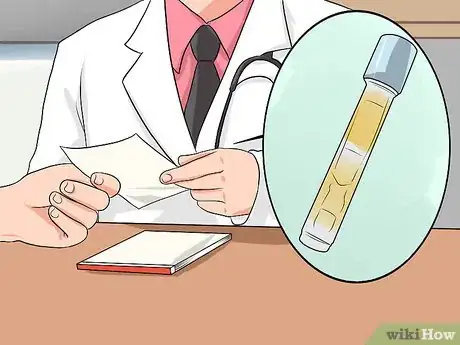
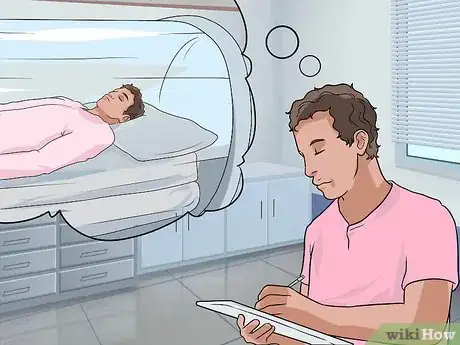



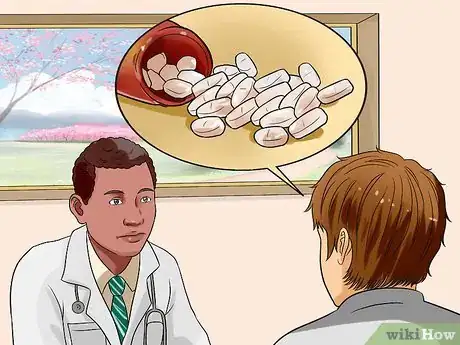

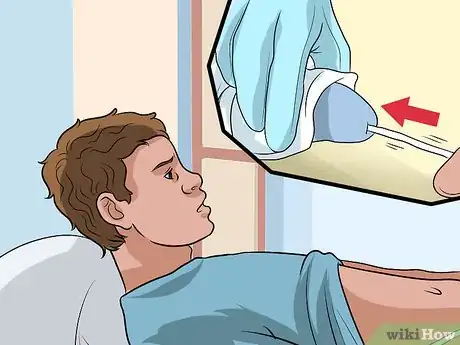
-Step-4-Version-2.webp)
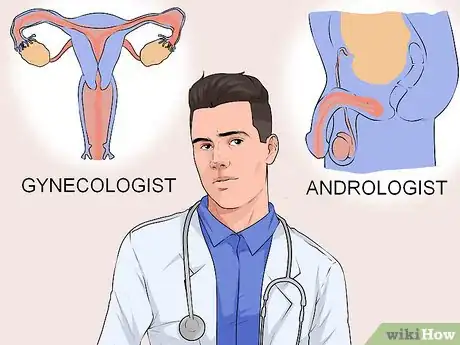

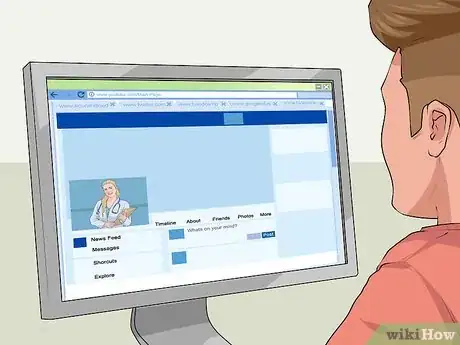

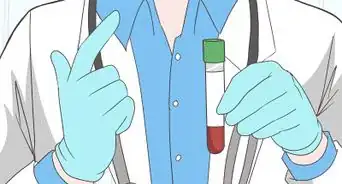












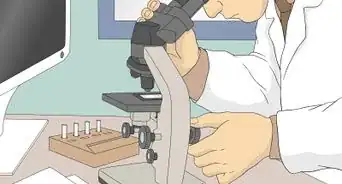








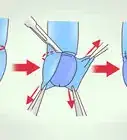

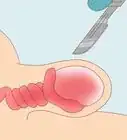



































Medical Disclaimer
The content of this article is not intended to be a substitute for professional medical advice, examination, diagnosis, or treatment. You should always contact your doctor or other qualified healthcare professional before starting, changing, or stopping any kind of health treatment.
Read More...